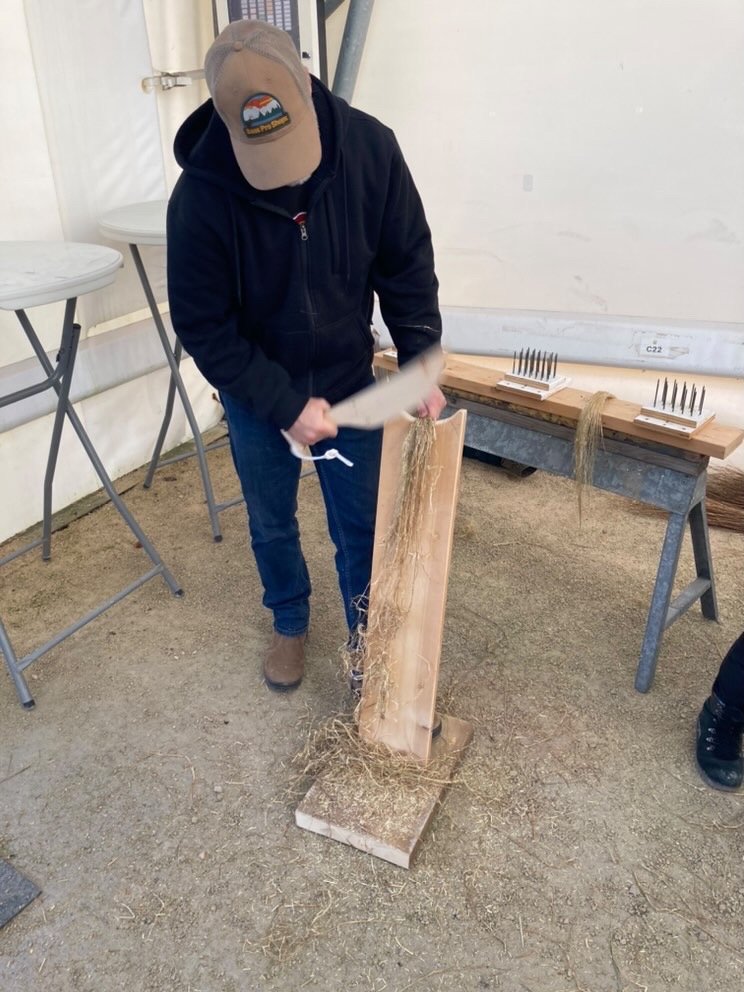Much has changed since our flax planting event 30 days ago. Since then, we've been watering and weeding, and now, mostly waiting. Figured it was also a good time to post.
The seed germinated at 5 days but not all seeds produced a plant. The older seed we planted appears to have been a factor in this. The Nathalie variety (middle row) gave us the best results followed by Linore (left) and Taproot (right). The Nathalie is also noticeably taller by approx one inch. Plant density was otherwise good in each row despite some bare patches due to less than ideal germination.
Over the next two months we'll continue to water as needed until the flowers bloom and expect to weed less as the plants mature. Hoping for stronger plants and no lodging this time around.
(Written by Randy Dyck of Hundredfold Farm)
____________________________





